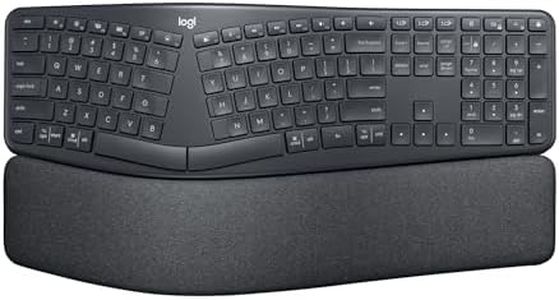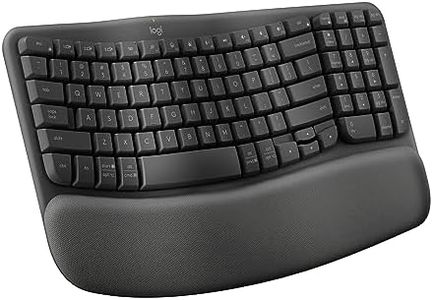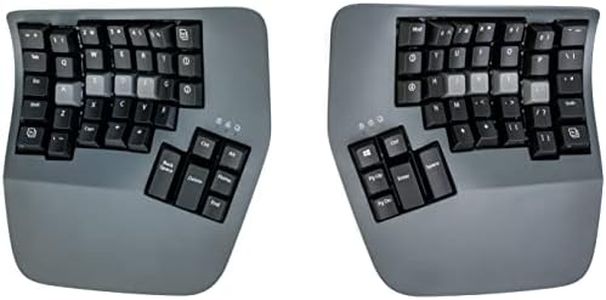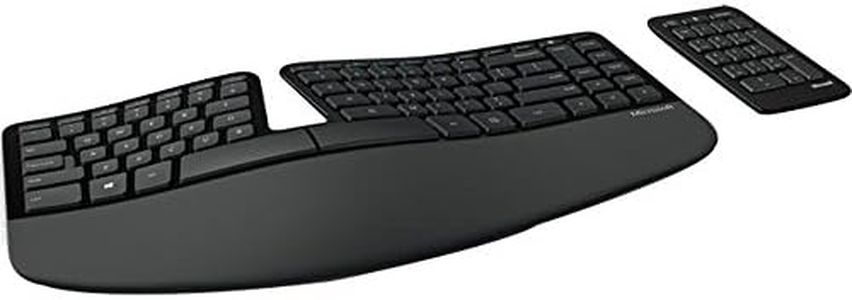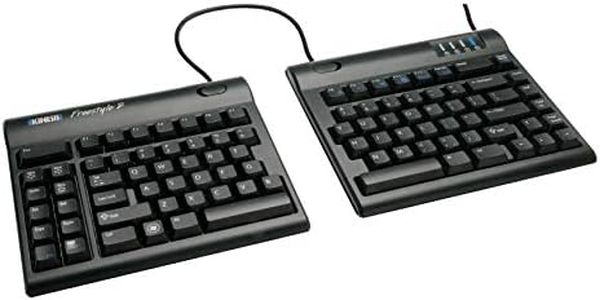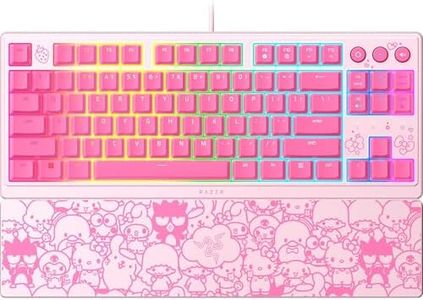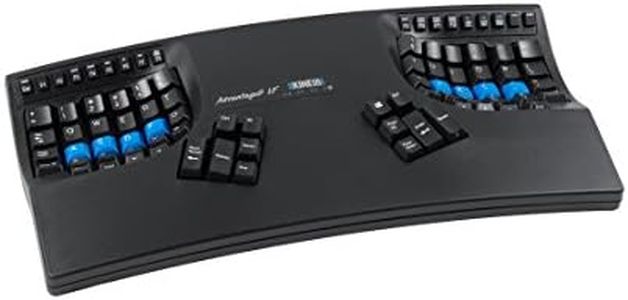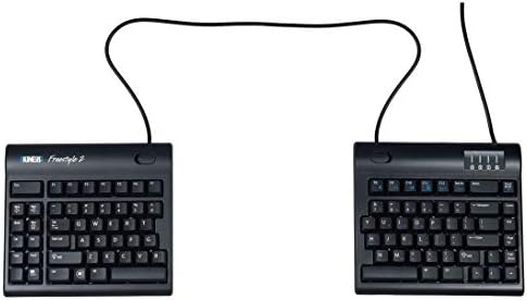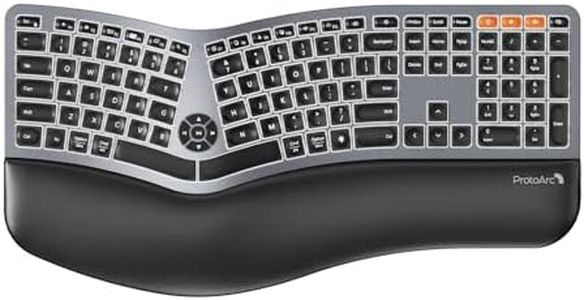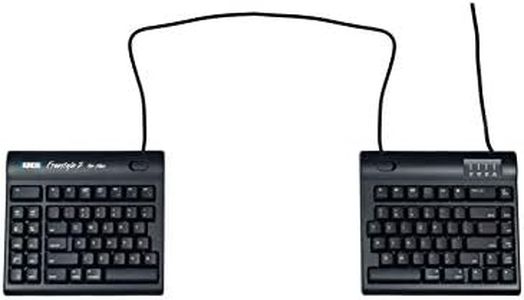We Use CookiesWe use cookies to enhance the security, performance,
functionality and for analytical and promotional activities. By continuing to browse this site you
are agreeing to our privacy policy
10 Best Ergonomic Keyboards
From leading brands and best sellers available on the web.Buying Guide for the Best Ergonomic Keyboards
When shopping for an ergonomic keyboard, your main goal should be to find something that feels natural and minimizes strain on your hands, wrists, and arms during long typing sessions. Ergonomic keyboards come in many different shapes and layouts, and what works for one person may not be as comfortable for another. It’s important to consider your typical typing habits, the amount of time you spend at the keyboard, and any specific issues like wrist pain or discomfort. Testing out different styles, if possible, can be very helpful, but the key is to match the keyboard's design to your personal comfort and health needs.Keyboard LayoutThe layout refers to how the keys are arranged and the shape of the keyboard itself. Some ergonomic keyboards are split down the middle, allowing you to position each half at a comfortable angle for your wrists and shoulders. Others have a curved or 'wave' design to fit the natural resting position of your hands. Standard layouts keep all the keys together, while split and tented designs encourage a more neutral posture. If you type for long periods or experience wrist pain, a split or curved layout might help reduce strain. If you prefer traditional typing but want small ergonomic benefits, a wave-shaped keyboard could be enough. Trying different layouts can help you find what feels best for you.
Key Switch TypeKey switch type refers to how the keys respond when you press them, and this affects both comfort and typing feel. Common types are membrane, scissor, and mechanical switches. Membrane keys are softer and quieter, scissor switches have a more stable and shorter press (often used in laptops), and mechanical switches provide tactile feedback and come in various resistance levels. People who type lightly might prefer softer switches, while those who type firmly or for long periods often enjoy mechanical switches for their durability and feedback. Consider your own preference for key travel and feel when choosing.
AdjustabilityAdjustability is about how much you can modify the keyboard's position for comfort. Some ergonomic keyboards let you adjust the tilt, angle (tenting), and even separate the two halves entirely. This is important because adjustability lets you customize the setup to keep your hands, wrists, and shoulders relaxed. If you experience discomfort or have specific posture needs, look for a keyboard with more adjustment options. If you’re not sure, starting with a model that offers at least tilt adjustment can be a good introduction.
Wrist SupportWrist support often comes in the form of a padded rest at the front of the keyboard. This can help keep your wrists at a comfortable angle and reduce pressure points, especially if you type a lot. Some keyboards come with built-in wrist rests, while for others you might need to buy one separately. If you tend to rest your wrists while typing or have a history of wrist discomfort, a keyboard with good wrist support can make a significant difference in long-term comfort.
Size and Key CountThe size of the keyboard—whether it's full-size, tenkeyless (without a number pad), or compact—affects ergonomics and desk space. Larger keyboards have more keys and functions, which is useful for data entry or programming. Smaller keyboards keep your arms closer together, which can help prevent shoulder strain, especially when used with a mouse. If you rarely use the number pad, a tenkeyless or compact model could provide a more ergonomic posture. Consider the space you have and which keys you use most often.
ConnectivityConnectivity means how the keyboard connects to your computer—via USB cable or wirelessly (Bluetooth or dongle). Wired connections eliminate battery concerns and often have less input lag, while wireless keyboards give you more flexibility for positioning. If you move your keyboard around or want a cleaner desk, a wireless model can be convenient. For stationary, office-style setups, a wired connection is straightforward and reliable.
